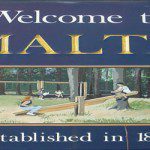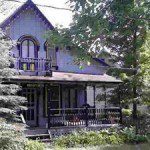With Halloween approaching, many houses have already been festooned with spiders and their webs, skeletons, fake blood, tombstones and other ghoulish spectacles. Yet no matter the theme of the house, most porches and stoops will be hosting carved pumpkins, also called jack-o’-lanterns. This is in fact not a custom reserved to the United States. It did not even start on this continent, and there is a reason they are called jack-o’-lanterns (No, it has nothing to do with Jack Skellington from the Nightmare Before Christmas).
Read the entire article in the Oct. 29th edition.









